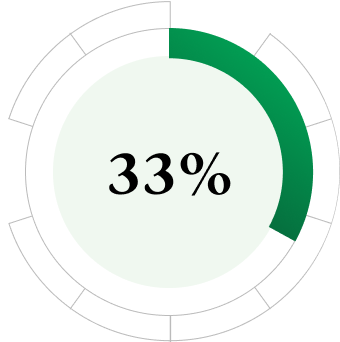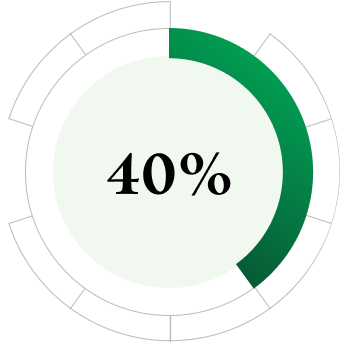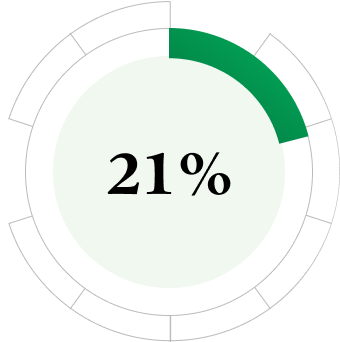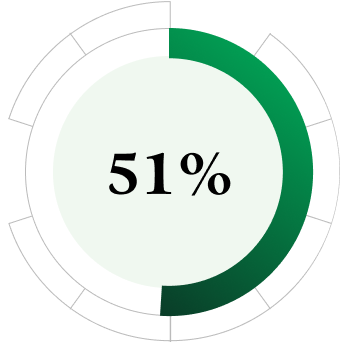The primary data in this report come from the Gallup World Poll, through which Gallup has conducted surveys of the world’s adult population, using randomly selected samples, since 2005. The survey is typically administered annually face to face or by telephone, covering more than 160 countries and areas since its inception.
In addition to the World Poll data, Gallup collected extensive random samples of working populations in the United States (via web survey); these samples were added to the dataset for this report. 2024 data for China were collected using an opt-in web self-administered mode (computer-aided web interviewing, or CAWI) over two administrations of the survey during the course of the year.
The total number of global employed respondents included in the full trend of data for this report (2009 through 2024) is 5,490,517; for the 2024 data, the total is 227,347. 2024 data included in this report were obtained from April 2024 to December 2024.
The target population of the World Poll is the entire civilian, noninstitutionalized, aged‑15‑and-older population. Gallup’s data in this report reflect the responses of adults aged 15 and older who were employed for any number of hours by an employer.
With rare exceptions, all samples are probability‑based and nationally representative. Gallup uses data weighting to:
- minimize bias in survey-based estimates
- ensure samples are nationally representative for each country or area
- correct for unequal selection probability, nonresponse and overlap of landline and mobile phone users when using mobile phone and landline frames
Gallup also weights its final samples to match the national demographics of each country or area.
For global and regional percentage-point change, the data are rounded before calculating the difference between time periods to stay consistent with the trendlines shown by item.
Country-specific findings in “Appendix 1: Country/Region Comparisons” are based on data aggregated from three years of polling. Percentage-point changes for countries and areas indicate the differences in percentage points when comparing the country’s average from 2021, 2022 and 2023 with the average from 2022, 2023 and 2024, with several countries’ data obtained in the early months of the following year and reported as part of the current year’s results. When shown, change data may sum to +/- 1 pct. pt. due to rounding.
Global and regional engagement data were not collected in 2010 or 2011, therefore the 2011 datapoint counts only 2009; the 2012 datapoint counts only 2012; the 2013 datapoint counts 2012 and 2013; and the 2014 datapoint counts all three years: 2012, 2013 and 2014. Engagement data were also not collected in 2017.
Gallup typically surveys 1,000 individuals in each country or area using a standard set of core questions translated into the respective country’s major languages. In some countries, Gallup collects oversamples in major cities or areas of special interest. In a small number of countries, the sample size is fewer than 1,000 individuals. In this report, Gallup does not provide data (three-year aggregate) for any region or country with an aggregate n size of fewer than 300. However, results from countries or areas with a sample of any size during the 2024 World Poll collection year are included in regional and global results.
For results based on the total sample of employed adults globally, the margin of sampling error ranged from ±0.05 percentage points to ±0.08 percentage points at the 95% confidence level. For results based on the total sample of employed adults in each region, the margin of sampling error ranged from ±0.26 percentage points to ±2.36 percentage points at the 95% confidence level. For results based on the total sample of employed adults in each country, the margin of sampling error ranged from ±0.27 percentage points to ±7.07 percentage points at the 95% confidence level. All reported margins of sampling error include computed design effects for weighting.
Gallup is entirely responsible for the management, design and control of the Gallup World Poll. For more than 80 years, Gallup has been committed to the principle that accurately collecting and disseminating the opinions and aspirations of people around the globe is vital to understanding our world. Gallup’s mission is to provide information in an objective, reliable and scientifically grounded manner.
Gallup is not associated with any political orientation, party or advocacy group and does not accept partisan entities as clients. Any individual, institution or governmental agency may access the Gallup World Poll regardless of nationality. The identities of clients and all surveyed respondents remain confidential.
The World Poll monitors the issues that matter most to societies worldwide, such as personal safety, food and shelter, employment, wellbeing and confidence in national institutions. In addition to conducting our core polls, organizations worldwide turn to Gallup to conduct custom surveys using our rigorous research standards and scientifically proven methodologies to help them solve their most pressing problems.
Related Content







